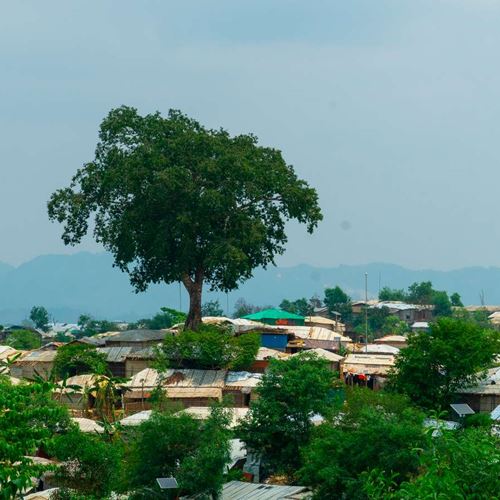Global attention to refugee self-reliance has grown in recent years, and is a key objective of the Global Compact on Refugees (GCR). Yet despite increasing attention, there is a notable gap in discussions on how self-reliance contributes or relates to durable solutions. States tend to focus on returns and fostering self-reliance in displacement with little or no headway made pertaining to the expansion of access to third-country solutions including resettlement or other durable solutions such as local integration.
With the report “Which Refugee Self-Reliance? Whose Durable Solution? Examining the relationship between self-reliance and durable solutions for refugees” DRC aims to contribute to refocusing attention to self-reliance within a durable solutions lens.
Key findings of the report include the following:
- There is limited evidence on the effectiveness of self-reliance programming in helping refugees reach a durable solution. But that doesn’t mean it isn’t helping
- Multiple definitions exist of both self-reliance and durable solutions, illustrating a need to develop common understandings of both
- Self-reliance is a step towards a durable solution – not a durable solution itself
- Integration is a core part of every durable solution
- Similar self-reliance programming is ‘packaged’ for different durable solutions (with similar challenges)
- Mobility is a key foundation for self-reliance and solutions – and often goes unacknowledged
- The lack of clarity surrounding which durable solutions refugees may reach impedes self-reliance programming, leading to a bias towards (generally de facto) local integration
Find the full report here.
Find the DRC statement on the Global Compact on Refugees High Level Officials Meeting here.
